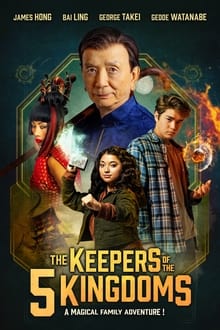
A grandfather and curio shop owner in a small town in Arizona and his granddaughter are transported to a mystical land through a portal stone and have to find their way back.
You May Also Like
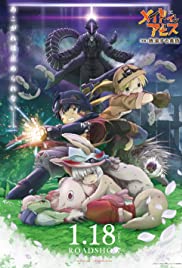
Second compilation movie of the TV series which covers episodes 9-13. Riko and Reg descend to the third layer where Riko has her first experience of the Curse. They descend to the fourth layer where Riko’s arm is injured by an Orbed Piercer and Reg tries to save her. Nanachi comes to their aid and saves Riko’s poisoned arm. In return Nanachi asks Reg to kill her immortal companion Mitty. Nanachi then joins Riko and Reg in their quest to reach the bottom of the Abyss.

A woman seeks vengeance against the man who killed her entire family.
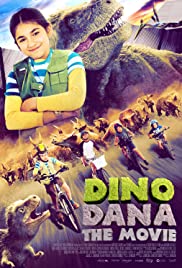
Finds 10-year-old Dana, who sees dinosaurs in the real world, solving dino experiment #901 – where are all the kid dinosaurs? But while working on the solution, her new neighbor Mateo is dino-napped by a Tyrannosaurus Rex, and it’s up to Dana, her sister Saara, and Mateo’s brother Jadiel to finish the experiment.
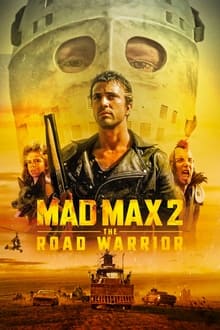
Max Rockatansky returns as the heroic loner who drives the dusty roads of a postapocalyptic Australian Outback in an unending search for gasoline. Arrayed against him and the other scraggly defendants of a fuel-depot encampment are the bizarre warriors commanded by the charismatic Lord Humungus, a violent leader whose scruples are as barren as the surrounding landscape.
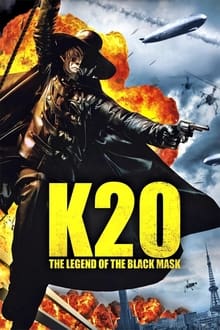
In an alternate version of 1949 Japan in which World War II never happened, the Japanese capital of Teito is home to both an ultra rich upper class and the dirt poor masses. The city is thrown into a state of panic when a phantom thief called “The Kaijin (Fiend) with 20 Faces” (K-20 for short) begins to use his mysterious abilities to steal from the rich and give to the poor. One day a circus acrobat named Heikichi Endo (Takeshi Kaneshiro) is framed for K-20’s crimes and becomes determined to clear his name. He teams up with K-20’s next target, a wealthy duchess named Yoko Hashiba (Takako Matsu) and her detective fiancé (Toru Nakamura), to take K-20 down once and for all.

Eight documentary makers decide to go to the location of Elsalam Ship which sunk years ago to make a new documntary where they face unforseen dangers.
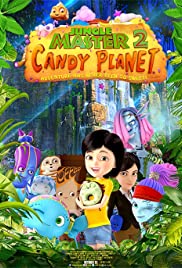
Join Rainie on summer vacation and find a sugar rush adventure, when her mom is accidentally turned into a living candy. Now, Rainie & her pals must soar to the sweetest destination in the galaxy, Candy Planet, in hopes of turning her mom back. There they meet Gordon, a master of confections living in a cotton candy wonderland. He explains that everyone must pass the tartest of tests before they can reach the top level and free her mom. But when all of Rainie’s friends are turned into candies, they face the sourest of circumstances, and must uncover an incredible secret along with the true meaning of friendship; before they can save themselves and the sweet inhabitants of… CANDY PLANET!

Two cutting-edge scientists give ‘birth’ to a Neanderthal—the first to walk the earth for some 35,000 years—in order to attempt to answer these questions. Part ‘normal’ child, part science experiment, William’s ‘parents’ struggle with the best way to raise him. As William grows toward adulthood, he is educated in the human experiences of love and intimacy. But his primitive impulses begin to emerge the more he tries to conform to human expectations, leading to tragic consequences for him and his loved ones.

The seven short films making up GENIUS PARTY couldn’t be more diverse, linked only by a high standard of quality and inspiration. Atsuko Fukushima’s intro piece is a fantastic abstraction to soak up with the eyes. Masaaki Yuasa, of MIND GAME and CAT SOUP fame, brings his distinctive and deceptively simple graphic style and dream-state logic to the table with “Happy Machine,” his spin on a child’s earliest year. Shinji Kimura’s spookier “Deathtic 4,” meanwhile, seems to tap into the creepier corners of a child’s imagination and open up a toybox full of dark delights. Hideki Futamura’s “Limit Cycle” conjures up a vision of virtual reality, while Yuji Fukuyama’s “Doorbell” and “Baby Blue” by Shinichiro Watanabe use understated realism for very surreal purposes. And Shoji Kawamori, with “Shanghai Dragon,” takes the tropes and conventions of traditional anime out for very fun joyride.